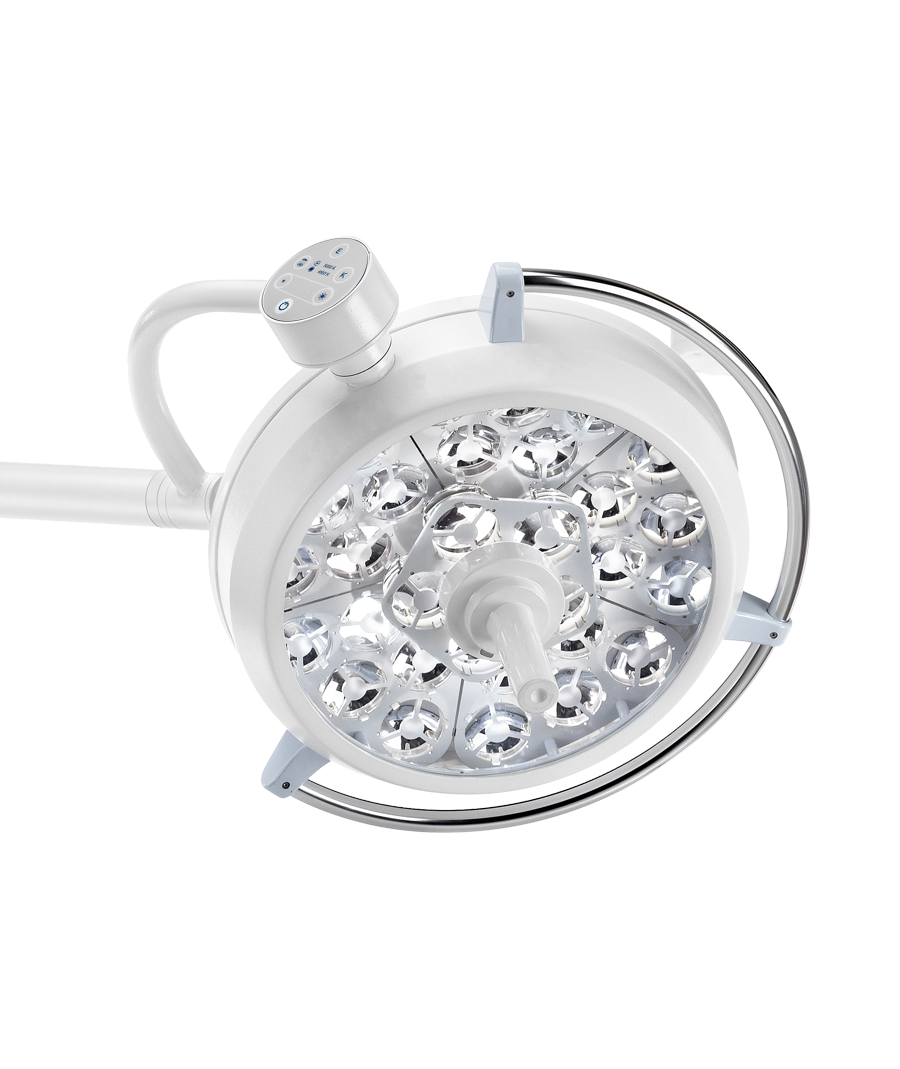Otorhinolaryngology and Ophthalmology
Otorhinolaryngology and ophthalmology are fields in which particularly hidden parts of the body, observable only using specific instruments, are examined. When using these instruments, light also plays a key role as it must ensure the best possible vision, clear and sharp.
Otorhinolaryngology deals with pathologies in the head and neck area, specifically treating disorders of the ear, nose, throat, thyroid, parathyroid and facial nerve. These parts – although seemingly separate – are all connected and consequently examined by a single discipline.
Ophthalmology similarly deals with pathologies in the head area. This medical discipline focuses on the eye and the optic nerves. In particular, an ophthalmologist assesses the health condition of the eyes and prescribes drugs, treatments or lenses to reduce or eliminate the problem. An ophthalmologist will also be able to assess specific pathologies of other areas of the visual system (e.g. retina, cornea, glaucoma, strabismus, …).
It’s clear that in these environments the necessary medical lamps are ones that return a deep light able to illuminate the aforementioned cavities without bothering the doctor’s eye, but rather highlighting the smallest details of the illuminated parts.
In the fields of otorhinolaryngology and ophthalmology RIMSA recommends the use of the following medical lamps:
Otorhinolaryngology and Ophthalmology Lamps
Below, we explain the individual lamps and their characteristics in more detail.
All medical and surgical information provided is for informational purposes only. Rimsa disclaims all liability for its accuracy and applicability.


